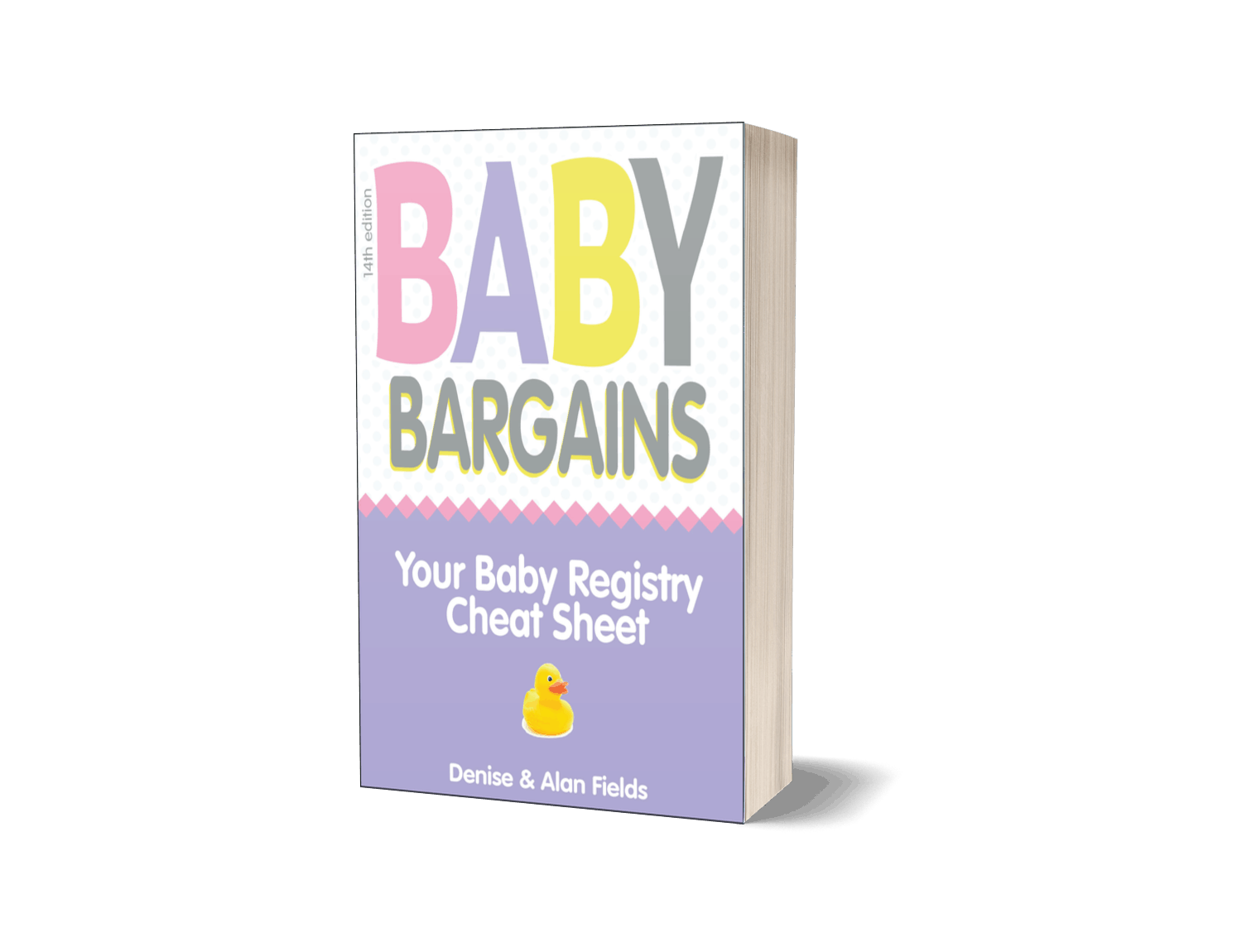
Last Updated: .
FYI: We've been rating and reviewing products for homes and families since 1994. We don't take money or freebies from the brands we review to keep our reviews honest and independent. Our research is 100% reader-supported. We appreciate you reading this article.
Best Budget-Friendly
Check on Amazon
Best Budget-Friendly Dehumidifier: Waykar 40 Pint Dehumidifier for Home and Basements in Spaces up to 2000 Sq Ft,Auto or Manual Drain
When it comes to humid, mid-size basements (say 1200 to 1800 square feet) we found several humidifiers robust enough to tackle the job. The only problem? Many dehumidifiers designed for basements can get very pricey.
But there is good news: one dehumidifier combined both performance and value: Waykar’s model PD160B. This 2.5 liter dehumidifier removes 34 pints of water from the air per day and did extremely well, according to our readers, lowering the humidity to comfortable levels in a short period of time. Here’s more on why we recommend this model:
What We Liked
• Easy to set up.
• Quiet.
• Visible water tank level from front of unit.
• Easy to move around.
• Included 6.5 foot drain hose. That’s an especially important feature if you can drain the unit to a floor or sink drain. Some affordable dehumidifiers for basements don’t come with drain hoses.
• Continuous mode, timer and fan speed control. These are easy to use. Continuous mode may be needed for several days if you are dehumidifying a space for the first time in a season.
• Remembers settings after a power failure.
What Needs Work
• Small tank (2.5 liters = 5/8 of a gallon) may need to be emptied frequently if it is very muggy in your basement. This dehumidifier works best if used with the drain hose, in our opinion.
• Not designed for larger basements.
• Filter must be changed once a month. But this is the case with other units we tested.
• May have to empty it more than once day, especially if the humidity in the basement is high.
Best For Smaller Basements
Check on Amazon
Best For Smaller Basements: Vremi 1500 Sq Ft. Dehumidifier
If your basement is 1500 square feet or smaller, you don’t need a larger capacity (40 or 50 pint) dehumidifier . . . in this case, we recommend the 22-pint Vremi model. It performed well in smaller spaces, reducing the humidity to acceptable levels quicker than other models we researched.
What We Liked
• Built-in wheels. You’d think that would be a standard feature on dehumidifiers for basements, but no. This model has wheels.
• Quickly lowered humidity.
• Auto shut off when tank is full.
• Drain hose outlet for continuous draining into a sink or floor drain.
• Turbo mode and auto defrost. The auto defrost is important, as ice buildup on the dehumidifier’s coils can cause the units to malfunction.
• Visible water level line on front of tank.
• Remembers settings after power outage.
What Needs Work
• Loud.
• Tank fills up to top—and can spill when you open it. That is no fun!
• Can get hot to touch.
• Hose attachment could be tighter.
Best For Larger Basements
Check on Amazon
Best For Larger Basements: Vremi 4500 Sq. Ft. Dehumidifier
This model has the same pros and cons as the Vremi recommended above, just more capacity—up to 50 pints a day) with a 1.8 gallon tank. This is the model we recommend if you have a larger basement (bigger than 1500 square feet).
Quietest Dehumidifier
Check on Amazon
Quietest Dehumidifier: TOSOT 1500 Sq. Ft. 30 Pint Dehumidifier
We know noise level is an important factor for some folks when picking a basement dehumidifier—especially if you are watching TV or have a bedroom nearby. So we used a decibel meter to test a dozen different models, on various speeds. The quietest model we found is TOSOT’s 1500 square foot unit (model GDN30AZ-A3EBA2C).
Now, let’s talk about noise level. 60 decibels is roughly the level of a normal conversation. This humidifier measured in the 48 to 53 decibel level (depending on the fan speed).
So to be clear: when running, this dehumidifier still makes noise. We haven’t yet found a model that is completely silent AND has the power to dehumidify a basement. But when compared to other models that max out at 70 decibels, the TOSOT dehumidifier was much quieter.
What We Liked
• Alarm to indicate full tank.
• Affordable.
• Easy-to-use touch panel controls.
• Power outage settings retained.
• Water level indicated on front of tank.
• Indicator lights for filter cleaning. The maker says you have to clean the filter after 250 hours of use—or roughly, every 11 days.
• Hose outlet to drain into sink floor.
• QUIET!
What’s Needs Work
• Alarm is very loud. We like the alarm feature, but it is VERY LOUD . . . especially when it goes off in the middle of the night!
• Could be easier to connect hose outlet. The hose outlet is recessed inside the unit, making connecting a drain hose more difficult than other models we researched. Best Basement Dehumidifier
Why Trust Us
We’ve been rating and reviewing products for families and homes, including dehumidifiers, since 1994. To find the best dehumidifiers, we surveyed the readers of our books (2.1 million copies in print!) to find what worked best in real homes. We took these suggestions and then did additional research to compare models on the best features, performance and value. We also spoke with three HVAC professionals to get their insight on the best models for different uses (basements, for example).
Here’s another key point: we don’t take money from the brands we review. No free samples, no sponsors, no “partnerships.” Our work is 100% reader-supported!
Best Basement Dehumidifier

BabyBargains.com is a participant in the Amazon Services LLC Associates Program, an affiliate advertising program designed to provide a means for sites to earn advertising fees by advertising and linking to Amazon.com and its related sites. As an Amazon Associate, I earn from qualifying purchases.




 We obsess over gear for families . . . so you don't have to. Baby Bargains has one mission: help you find the best gear for your family and home with unbiased reviews by experts with 20 years of experience. At prices that don't break the bank. When you purchase a product from links on this site, we make a small affiliate commission. Learn more
We obsess over gear for families . . . so you don't have to. Baby Bargains has one mission: help you find the best gear for your family and home with unbiased reviews by experts with 20 years of experience. At prices that don't break the bank. When you purchase a product from links on this site, we make a small affiliate commission. Learn more 
